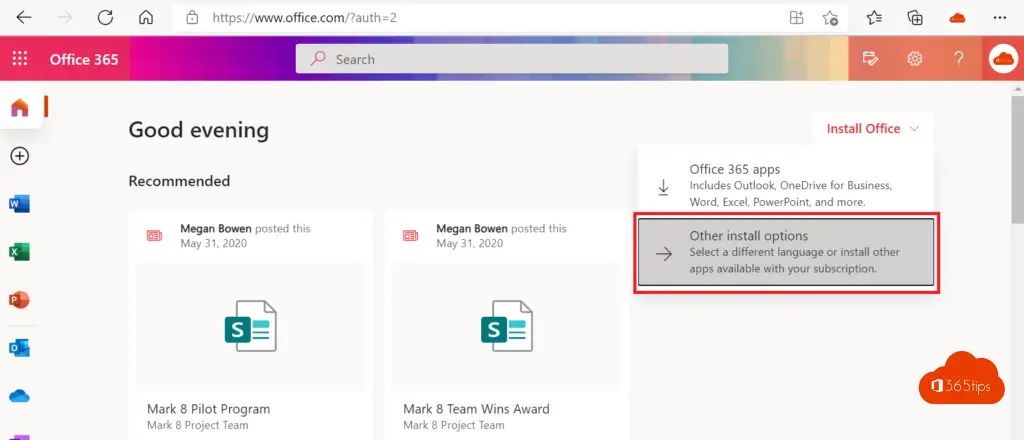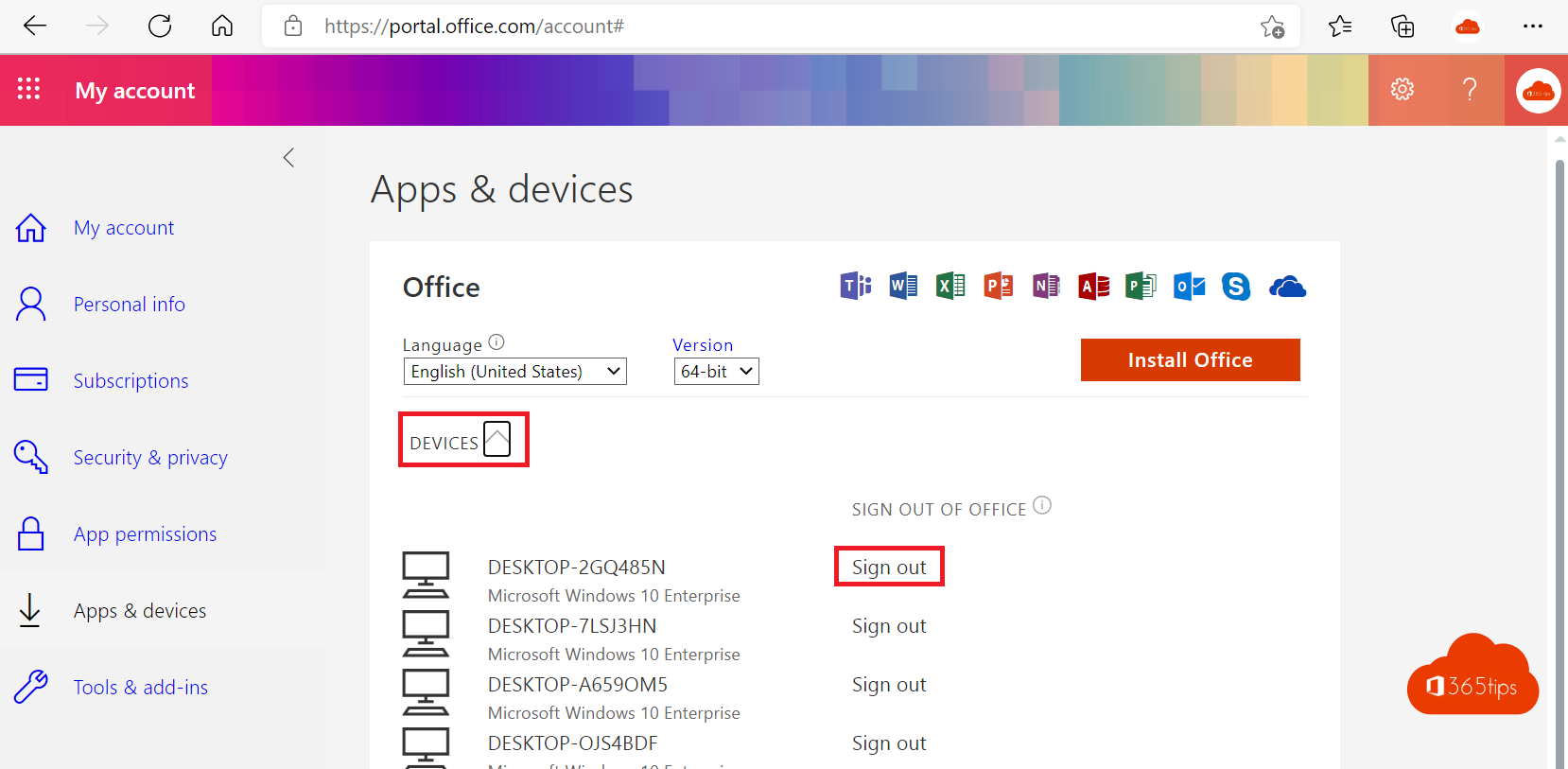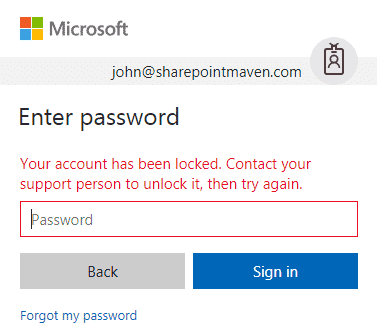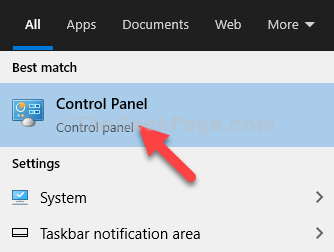
- #HOW TO REMOVE OFFICE 365 ACCOUNT SIGN IN REQUEST GENERATOR#
- #HOW TO REMOVE OFFICE 365 ACCOUNT SIGN IN REQUEST FULL#
- #HOW TO REMOVE OFFICE 365 ACCOUNT SIGN IN REQUEST REGISTRATION#
- #HOW TO REMOVE OFFICE 365 ACCOUNT SIGN IN REQUEST PASSWORD#
Or you might consider contacting your vendor if the app or service is hosted with them–they might be able to give you IP blocks also. Here you can filter by the user account, and find the IP address(es) associated with these sign-ins. NOTE: You will want at least one subscription of Azure AD Premium in the tenant to view detailed logs. Azure AD > Sign-ins > Click Columns, then select IP address

#HOW TO REMOVE OFFICE 365 ACCOUNT SIGN IN REQUEST PASSWORD#
But, if you have this setup and working now with basic auth–either via app password or straight password, then go take a look at the Azure AD Sign-in logs. For on-premises applications and devices like copier/printer/scanners that need SMTP access, this is easy–it’s just the external IP addresses on your corporate firewall. Next, we need to obtain the IP addresses that the service account is using. Make sure that the group “Excluded from CA policies” is added to the Exclude tab on all of your existing Conditional Access policies. Now, a long password is a good start, but what else can we do?īefore we get started on the solution, be sure that you include this service account in a security group called “Excluded from CA policies.” In general this group will contain at least one emergency access/ break-glass admin account, as well as any service accounts that cannot be subject to other Conditional Access policies, like those which require MFA (remember that service accounts do not support MFA). But you get the idea–you aren’t held to 16, all lowercase letters. how big is the field where they accept a password?). Your character limit might be bounded by the application or service itself sometimes (i.e.
#HOW TO REMOVE OFFICE 365 ACCOUNT SIGN IN REQUEST GENERATOR#
So, why even enable MFA on this account? After all, the user (which is some machine somewhere) cannot perform MFA–it’s just going to use the bypass anyway, right? Therefore, why not set your own long, randomly generated password for this account?īonus: did you know that the password character limit in Azure AD was recently increased to 256 characters? So go crazy, have fun, and make up your own “super app password” using a generator like this one: Remember that an app password is essentially just an MFA bypass for basic authentication clients. Solution #2: Only allow service account sign-in from specified locations As a bridge off of legacy apps, they were necessary, but now that most people have moved on to Office 365 Business and ProPlus apps, it’s time to shut them down. They are basically just an MFA bypass for apps that do not support modern authentication. My account > Security & privacy > Create and manage app passwords So if you can’t use MFA on these types of accounts, what should you do? Solution #1: App passwordsĪ common solution is to enable MFA on the account anyway, but then use an app password, which is a randomly generated string of 16 lowercase letters (you cannot change or manually set this password anywhere–but you can go generate new ones from the “My Account” page). Or even SMTP accounts that can send mail on behalf of the organization.
#HOW TO REMOVE OFFICE 365 ACCOUNT SIGN IN REQUEST FULL#
Especially for backup accounts which often have full access to read all data in a tenant (and many people are setting this up with Global admin rather than something more restrictive).

Almost everyone who is attaching to Office 365 services is doing so with basic authentication (which does not support MFA)–so it’s just a straight username and password.Īnd that sucks.
#HOW TO REMOVE OFFICE 365 ACCOUNT SIGN IN REQUEST REGISTRATION#
Please note that instructions for configuring this registration will vary by application, so it is best to find out if your vendor supports this setup and follow their documentation carefully from there.īut here’s the problem: hardly any applications or devices out there on the market today support the App registration / OAuth consent method. Here is one example for reference, from an app called LionGard Roar, which I have configured to ingest certain data from Office 365. So if you’re working with a modern app that supports OAuth, then you can just take this route, and follow their guidance for setting it all up.

Azure AD admin center > Azure AD > App registrations

Now, some apps and services out there have modernized their approach to this problem, and if they need to integrate with Office 365, they will have you setup an App registration, and use OAuth to grant consent so that the app can do what it needs to do, without using a password to sign-in. Common examples include some type of copier/scanner device that sends mail from an account like Or, a backup account that needs to access the environment to read data out–placing a copy of mailboxes and/or files in some third party’s cloud location. Service accounts are accounts that do not have an actual “person” behind them–usually they represent some kind of device or application that needs to perform specific tasks in your Office 365 tenant. But… what about service accounts? The service account problem


 0 kommentar(er)
0 kommentar(er)
